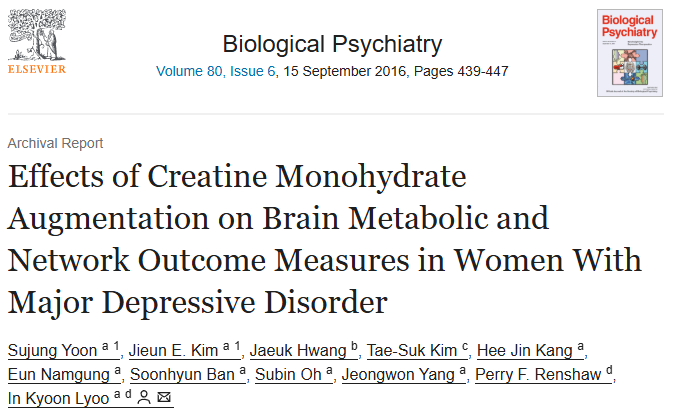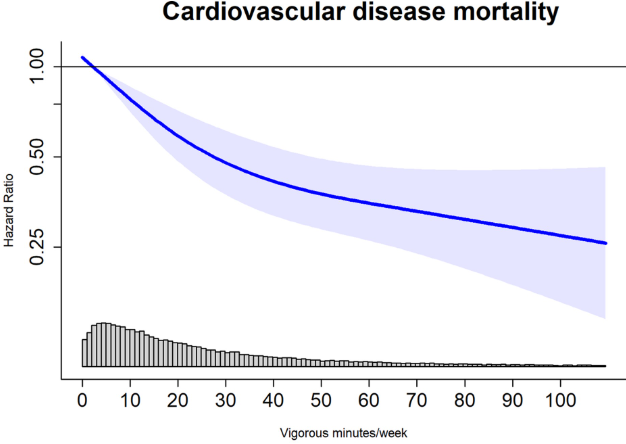These findings are from a case report in @FrontPsychiatry which described the first clinical application of a ketogenic diet in adult OCD with ulcerative colitis (UC). 2/12 frontiersin.org/journals/psych…

It is proposed that remission of OCD and UC may arise because bidirectional inflammation can begin with gut dysbiosis and disruption of epithelial cell tight junctions in UC, triggering the overproduction of lipopolysaccharides (LPS) and short-chain fatty acids (SCFA). 3/12 

This can simultaneously stimulate the vagus nerve and activate the NLRP3 inflammasome in peripheral immune cells, prompting the release of pro-inflammatory cytokines; both compromise the blood-brain barrier (BBB). 4/12 

The ketogenic diet may directly reduce OCD symptoms in the cortico-striatal-thalamo-cortical (CSTC) circuit through the same mechanisms by which it can heal the gut and suppress systemic inflammation. 5/12
Here, a 37-year-old obese woman with longstanding OCD and UC was treated for 12 weeks with a personalized whole-food ketogenic diet in a specialized metabolic psychiatry clinic. 6/12
Adherence was assessed by capillary beta-hydroxybutyrate (BHB) and photojournaling of food intake. 7/12
Progressive improvement in OCD was inversely related to oscillating BHB, with Florida Obsessive Compulsive Inventory scale (FOCI) 0 at 9 weeks, and complete remission at 12 weeks. 8/12 

Clinical remission of her UC occurred within 3 weeks (Partial Mayo Score [PMS] 0, Ulcerative Colitis Patient-Reported Outcome [UC-PRO] 0). 9/12
Body weight decreased 12.2%, with significant decreases in the percentage of body fat and visceral fat. 10/12
Flourishing, resilience, and self-compassion (quality of life measures) improved 2- to 20-fold. 11/12 

Overall, as the field of metabolic psychiatry advances, further research is needed to investigate the therapeutic potential of ketogenic diets in OCD and related disorders and to explore their effects on the microbiome-gut-brain axis. 12/12
@Metabolic_Mind
• • •
Missing some Tweet in this thread? You can try to
force a refresh




















